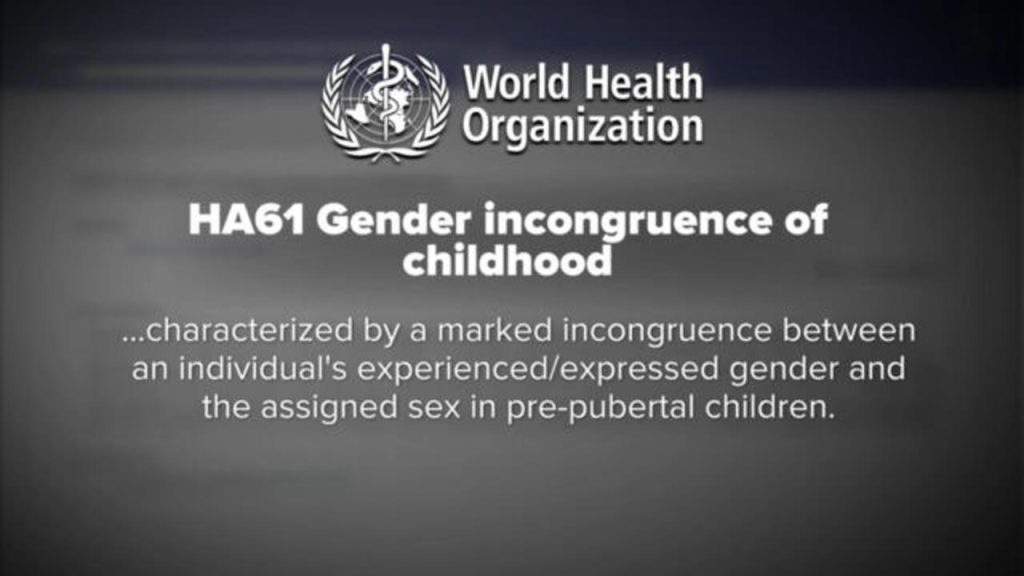Blog Post
The WHO bows to radical transgender ideology, says ‘sex is not limited to male or female’
By Jonathon Van Maren
It was only a matter of time: The World Health Organization (WHO) announced on July 6 that it is now “updating” its manual on “gender mainstreaming.” The WHO posted the announcement to its website:
The Gender mainstreaming for health managers: a practical approach manual addresses how gender norms, roles and relations affect health-related behaviours and outcomes as well as health sector responses. At the same time, it recognizes that gender inequality is a cross-cutting determinant of health that operates in conjunction with other forms of discrimination based on factors such as age, socioeconomic status, ethnicity or place of origin and sexual orientation. The manual provides a basis for addressing other forms of health-related discrimination.
The first edition of the manual dates from 2011, and WHO is now updating it in light of new scientific evidence and conceptual progress on gender, health and development
The review and update process will build on the extensive work already featured in the manual. It will focus on:
- Updating key concepts around gender;
- Highlighting and expanding on the concept of intersectionality, which looks at how gender power dynamics interact with other hierarchies of privilege or disadvantage, resulting in inequality and differential health outcomes for different people. Intersecting factors include sex, ethnicity, race, age, class, socioeconomic status, religion, language, geographical location, disability status, migration status, gender identity and expression, sexual orientation and political situation.
- Going beyond binary approaches to gender and health to recognize gender and sexual diversity, or the concepts that gender identity exists on a continuum and that sex is not limited to male or female.
- Introducing new gender, equity and human rights frameworks and tools to further support capacity building around these concepts and the integration of their approaches in the work of WHO.
Go that? Due to uncited “new scientific evidence” as well as subjective “conceptual progress on gender,” the WHO is now explicitly endorsing the idea that there is more than two genders and that gender “exists on a continuum and that sex is not limited to male or female.” They do not list the other genders, likely because this list is constantly growing (at this point you can just hit “refresh” on the websites containing the lists and watch them stretch down the page), but they do affirm that there are more genders, and they are legion.








